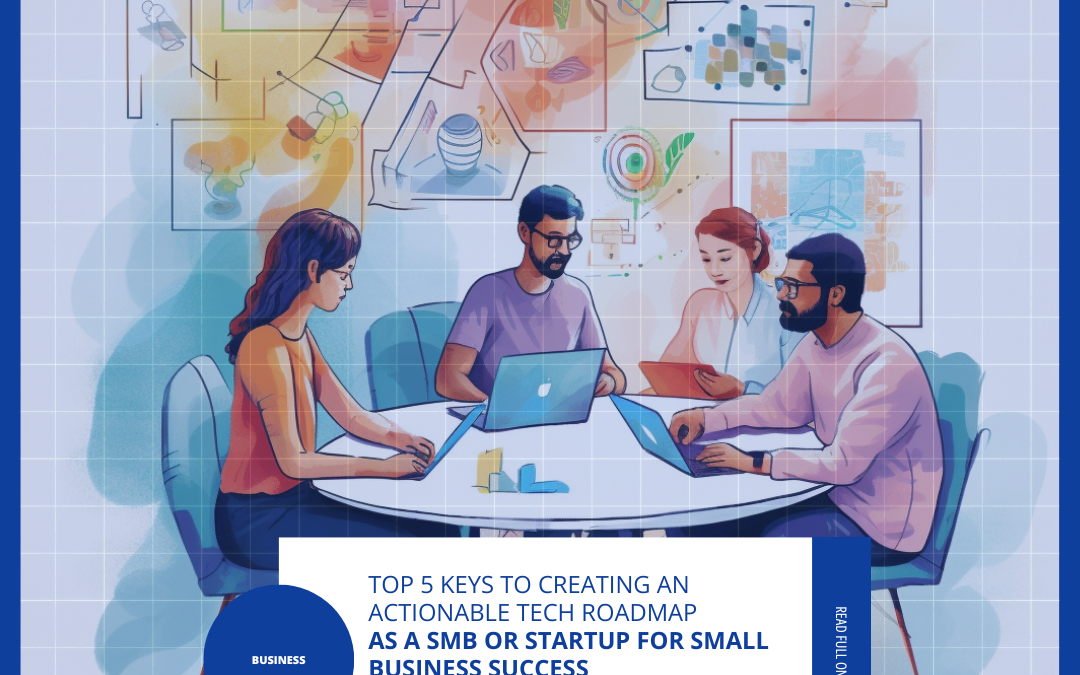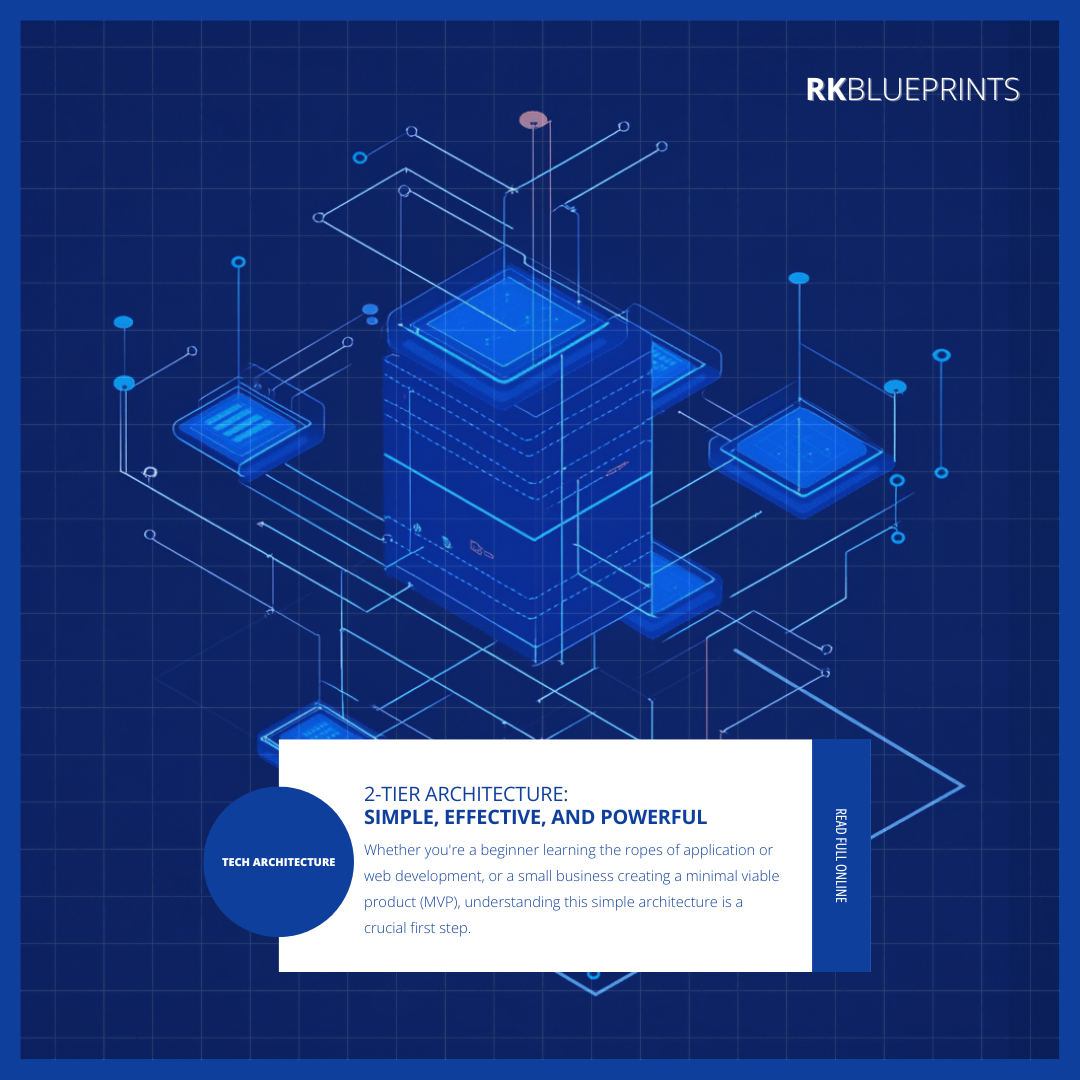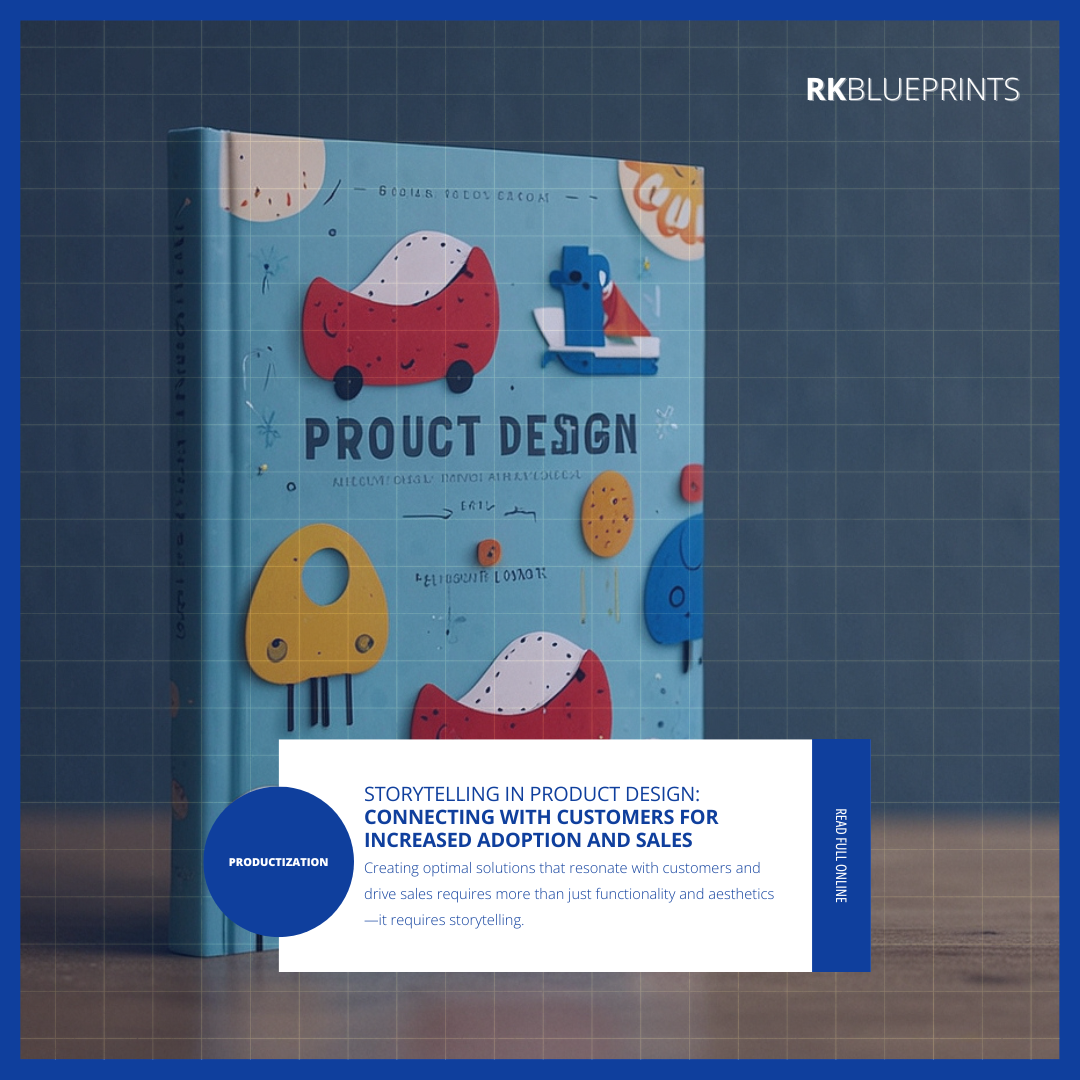In the dynamic and ever-evolving landscape of modern business, technology is the great equalizer. Small and medium-sized businesses (SMBs) and startups, once at a perceived disadvantage against larger competitors, have discovered that technology can level the playing field and offer a pathway to prosperity regardless of industry.
Gone are the days when success in business was solely measured by physical assets and market presence. Today, it’s about digital prowess, agility, and the ability to harness the incredible potential of technology. Whether you’re in e-commerce, healthcare, finance, or any other industry, the judicious application of technology can unlock doors to innovation, efficiency, and growth. In this era, your website isn’t just a digital storefront; it’s your portal to the world. Your data isn’t just information; it’s a treasure trove of insights waiting to be uncovered. Your team isn’t just a group of employees; they’re collaborators in a globally connected ecosystem. To thrive, you must embrace technology, and more importantly, you must chart a clear and actionable path forward.
This blog is a guide for SMBs and startups, whether you’re pioneering groundbreaking medical treatments, offering artisanal products online, or revolutionizing financial services. We’ll explore the essential steps to create a technology roadmap that not only propels your business but also ensures that every investment in technology aligns with your unique vision and goals. These steps are adaptable, versatile, and crucial, regardless of your industry. They will serve as your North Star, guiding you through the complex maze of the modern business landscape.
So, whether you’re a healthcare clinic aspiring to provide cutting-edge patient care, an e-commerce startup looking to dominate your niche, or a financial technology firm aiming to disrupt traditional banking, this guide will help you chart a course towards a prosperous future powered by technology. Your journey begins here, and your destination is limited only by your imagination and your ability to harness the transformative potential of technology.
Here are the top 5 actionable steps from the previous response, along with real-world examples for SMBs and startups:
1. Define Your Vision and Goals
Every journey begins with a destination in mind. Start by crafting a clear and inspiring vision for your business, followed by SMART/specific, measurable, achievable, relevant, and time-bound goals. Your vision should provide direction, while your goals create measurable milestones. Ask yourself:
- What does success look like for our company in one year? In three years? In five years?
- What technological advancements or improvements are necessary to achieve these goals?
Real-World Application — E-commerce Startup: If you’re starting an e-commerce business, your vision could be to become the go-to online marketplace for unique handmade products. Your SMART goal could be to reach 10,000 monthly active users within the first year.
Having a well-articulated vision and goals will help you align your tech roadmap with your business objectives.
2. Understand Your Current State
Before charting a course, you need to know where you stand. Conduct a comprehensive assessment of your current technology infrastructure and tech stack. This includes:
- Inventory of existing hardware and software.
- Evaluation of IT capabilities and skills within your organization.
- Analysis of any bottlenecks or pain points in your current tech setup.
Real-World Example — Healthcare Clinic: A small healthcare clinic could assess its current state by examining its patient record-keeping systems. If they’re still using paper records, they might identify the need to transition to an EHR/electronic health records system to improve efficiency and patient care.
Evaluate your current technological assets, skills, and infrastructure. This assessment helps you identify gaps and areas for improvement.
3. Prioritize Initiatives
You can’t do it all at once. Prioritize technology initiatives based on their potential impact and alignment with your business goals. Consider quick wins, strategic projects, and innovations such as:
- Quick wins: Low-hanging fruit that can deliver immediate benefits.
- Strategic projects: High-impact initiatives that may require more time and resources.
- Innovations: Long-term projects that position you as a market leader.
Real-World Example: SaaS Startup: A SaaS/software-as-a-service startup might prioritize a quick win by improving user onboarding to reduce churn rates, while simultaneously working on a strategic project to add a new feature that enhances the platform’s value proposition.
Balancing short-term gains with long-term investments is key to a successful tech roadmap.
4. Budget Wisely
Budget constraints are common for SMBs and startups. Allocate your budget thoughtfully across various technology-related expenses, such as hardware, software, personnel, and training. Keep the following in mind:
- Break down your budget into categories like hardware, software, personnel, and training.
- Be prepared for unexpected expenses and always have a contingency plan.
Real-World Example: Restaurant Chain: A growing restaurant chain could allocate a portion of its budget to upgrade POS/point-of-sale systems for streamlined order processing, while also setting aside funds for staff training on new digital menu displays and ordering apps.
Be prepared for unforeseen technology costs.
5. Create a Timeline
Now that you know what you want to achieve and have a budget in place, it’s time to create a timeline. Consider the following when developing your tech roadmap’s timeline:
- Develop a project schedule that outlines when each tech initiative will start and finish.
- Create a timeline that will serve as your roadmap’s backbone, keeping all parties accountable and on track.
Real-World Example: Manufacturing SMB: A small manufacturing company might create a timeline to implement IoT/Internet of Things sensors on its production line over the course of six months, followed by data analysis tools in the subsequent quarter to optimize manufacturing processes.
Build a timeline that works and remain agile with it.
By focusing on these five key steps and tailoring them to your SMB or startup’s specific needs, you can create an actionable tech roadmap that paves the way for success. They are adaptable and versatile, making them applicable to SMBs and startups across industries. By carefully crafting and following your roadmap, you’re not just keeping up with the pace of technological change; you’re harnessing its power to propel your business towards growth, innovation, and sustained success. The road ahead may be challenging, but with a well-defined tech roadmap in hand, you’re better prepared to tackle the journey and reach your desired destination.
Want more business tips for your growing business? Check out this article on top 5 business factors when navigating “build vs. buy” decisions to ensure a lean tech stack for any team for some great insights on choosing whether to build technology or buy it as a SMB or startup.







cool story